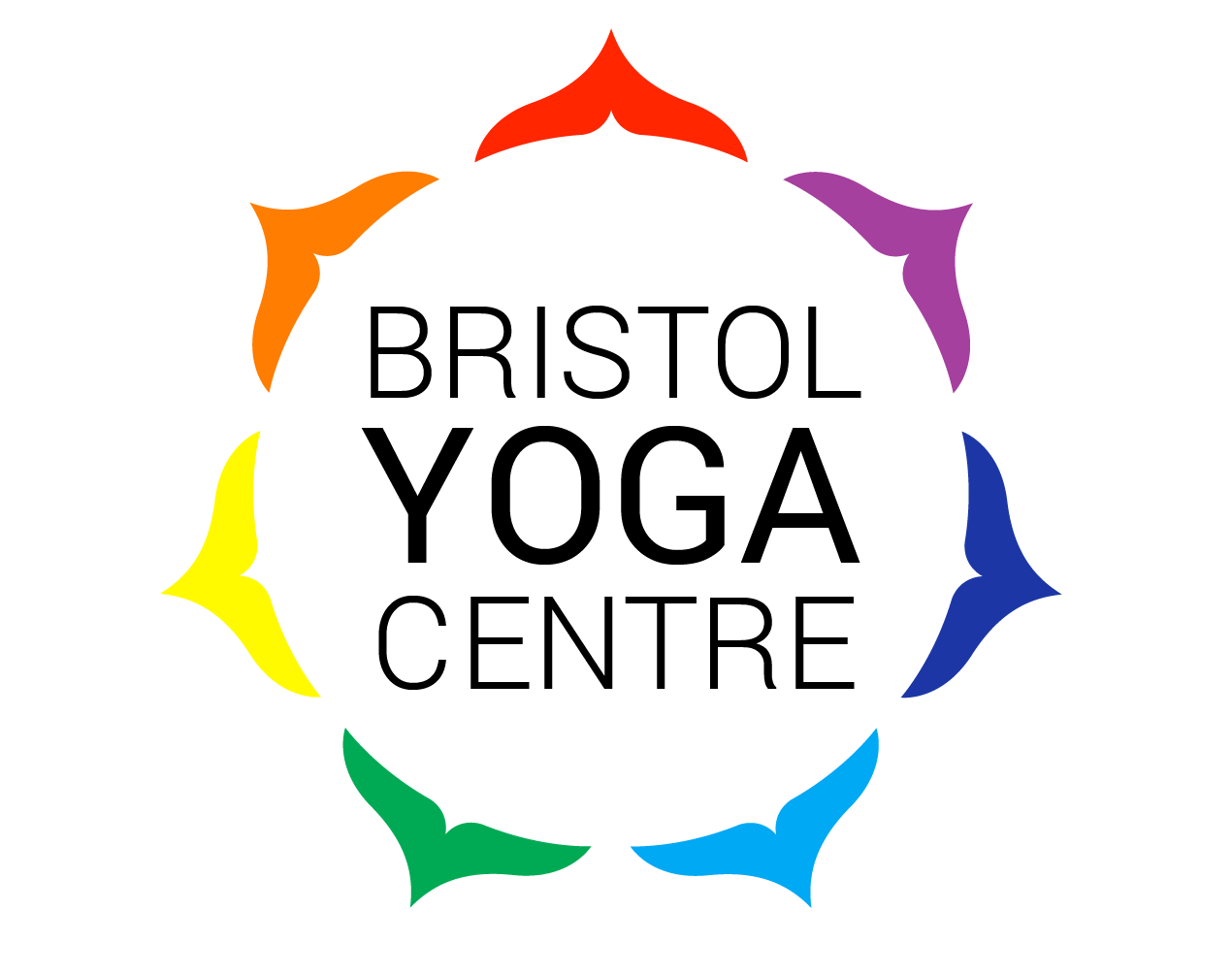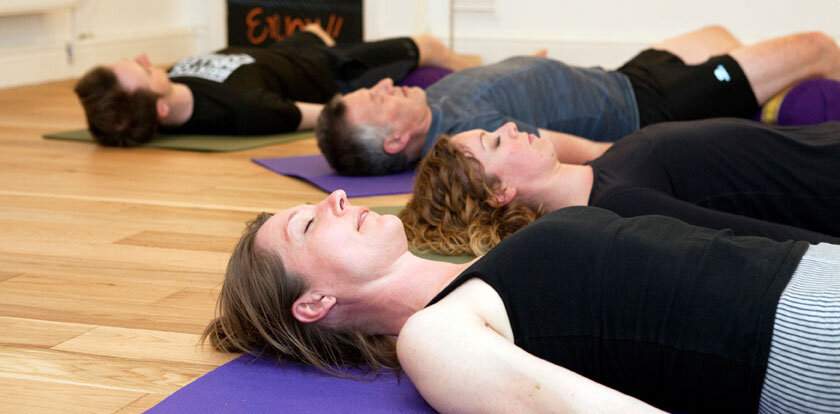I can’t believe that I’d never come across the perimenopause until this year. I’d obviously heard about menopause, but I didn’t think that much about it. Several years ago, in my mid-forties, I mentioned to my friends that I thought I may be menopausal, they said I was far too young – it’s something you go through in your fifties. Whilst this might be technically true (the average age of menopause is 51), there is a whole stage on the lead up to the menopause, called the perimenopause. Most people start to experience perimenopause from the age of 41 to 45 but some women can go through it much earlier.
When I started researching, I found out that menopause technically only lasts one day! It is the day 12 months after your last period. The perimenopause can last anywhere from 2-12 years. The symptoms can hugely vary from people and it’s not just about hot flushes. It really saddened me that I’d never came across this information before.
I read Maisie Hill’s book, Perimenopause Power, and the symptoms I’d been experiencing started to make some sense. Better still, I began developing the tools I needed to support myself through this journey.
I started to keep a diary of my menstrual cycle, writing down my symptoms and how I’m feeling. I also kept a note of any lifestyle changes that I’d made so I could try to see what worked and what didn’t. I enjoyed experimenting with my yoga and introduced more therapeutic practices such as somatic movement, tapping and TRE (Tension and Trauma Releasing Exercise). A regular meditation and relaxation practice has been hugely beneficial, especially to alleviate brain fog, irritability, and low mood.
One of the symptoms was cramps in the night-time, so I started self-massage and gentle movement before going to bed. This reduced the cramps and relaxed me before bed, leading to a better night’s sleep. It also relieved other common symptoms such as sleep disturbance and fatigue.
Recently I began having digestive issues, so I did some research into diet and became more attentive to what kind of things I eat and drink. I also started taking some vitamins and supplements.
But it’s not all been bad. It’s made me much more aware and mindful. I’ve learnt how to adapt and look after myself in a more holistic way. It has taught me to be kind and compassionate towards myself. With my new understanding of perimenopause and menopause, I feel more confident navigating through these natural changes.
I decided to offer Yoga for Perimenopause workshop at Bristol Yoga Centre, as I feel that it’s important for perimenopause and menopause to be more widely known. Every woman will go through this transitional phase, and I believe it’s important for us to be able to share and support each other through the experience.


